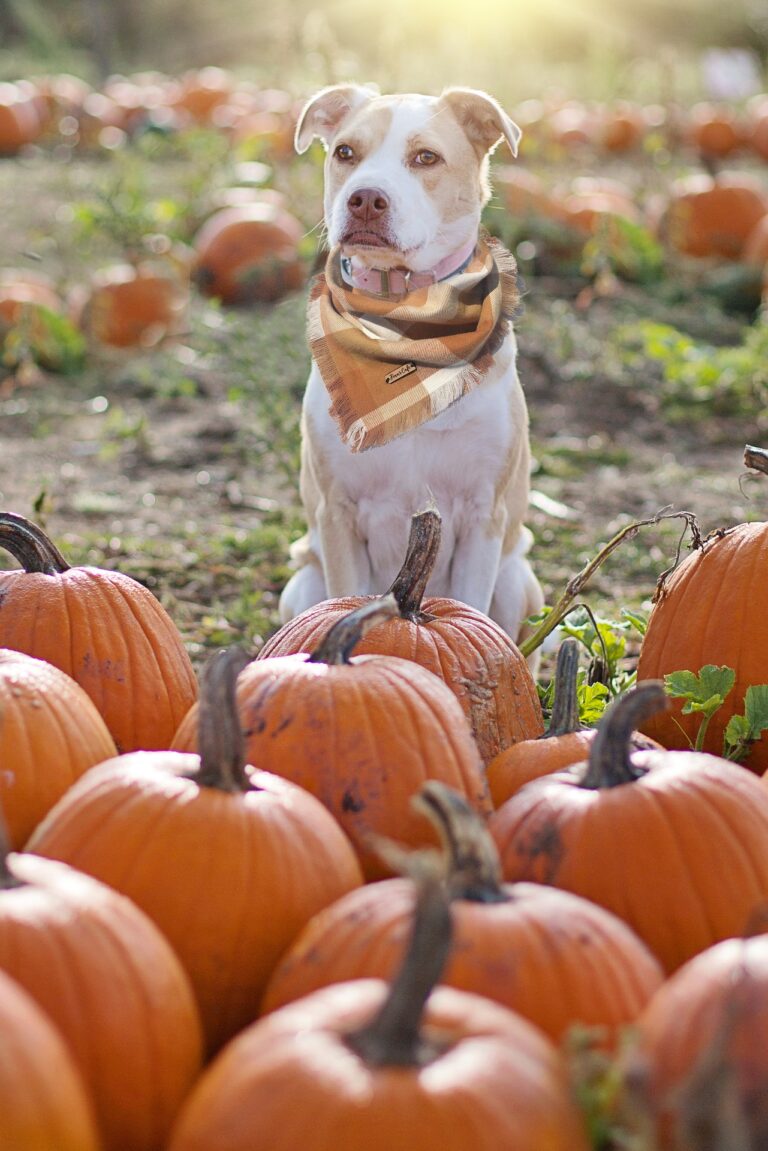Chewables for the dog are an important part of the dog food. They supplement the food, satisfy the natural chewing instinct of the animal, take care of its dentition, provide employment and thus spare the furnishings. Reasons enough to give them a lot of attention.
Tearing, Chewing, Eating – Natural Instincts Of The Dog And Their Importance Today
The hunting instinct inherited from wolves awakens the urge to nibble and bite even in the smallest four-legged friend. The so ‘shot’ prey must of course be eaten immediately in order not to attract predators. Even if the hunting of our domestic dogs today is usually limited to the rapid emptying of the food bowl, chewing and nibbling still have great importance for the well-being of the animal.
Effective Mouth Hygiene
The urge to chew is innate in every dog. Continued engagement with a chewing item provides increased saliva production. Dental plaque and food debris are removed by friction. The chewing movements strengthen the jaw muscles and promote blood flow to the gums. All in all a comprehensive care of mouth and teeth, which prevents tartar and noticeably reduces bad breath. You can find more information here.
Chewables are especially important for dogs in their first year of life. They accelerate the change of teeth, which begins in the puppy from about the fourth month of life. Chewables also reduce the itching that occurs during the change of teeth. The increased blood flow to the gums promotes healthy regrowth of the new teeth.
Occupation And Stress Reduction
The monotonous chewing over a longer period of time has a calming and balancing effect on the dog. Unfamiliar situations that frighten the animal seem much less threatening, stress is reduced. Unlike treats, chewing objects are hardly suitable for training purposes.
For comparison, you should take a closer look at clicker training for dogs.
The fun factor should not be underestimated. Chewables for the dog are a welcome prey for the four-legged friend, which is disassembled with pleasure and strengthens the self-confidence. Furniture, pillows, blankets and other furnishings thus quickly lose their appeal.
Purely Natural Chewing Articles, Precisely Tailored To Your Dog
The question, which chewing articles are particularly healthy or valuable for the dog, cannot be answered in a general way. Size, eating behavior, state of health and temperament also have a decisive say in the selection of chewing articles for the dog. In general, however, the following applies: Chewables are part of the dog food and must be taken into account when calculating the optimal daily ration for the animal. Natural, but low-fat varieties deserve priority over high-fat, and at worst, chemically preserved items (more information can be found here.) In addition to the origin and nature of the item itself, the following criteria are helpful in choosing healthy chew items for your dog:
- Size: should be appropriate for the size of the animal, item must be held well and securely by the dog’s paws
- Shape and texture: no sharp edges or points, no splinters.
- Hardness: must be appropriate to the size of the dog’s dentition, chewables that are too hard will damage the jaw and can cause teeth to break; chewables should give slightly when pressed with a fingernail.
- Eating behavior of the animal: in greedy, temperamental dogs, danger of swallowing larger fragments; the chewing items should keep the animals busy for at least half an hour.
- Health condition of the animal: particularities in case of leishmaniosis, allergies and renal insufficiency see here
- Weight of the quadruped.
Rabbit Ear, Beef Lung Or Chicken Feet – Which Is The Best Chewing Item For The Dog?
That’s Where The Dog Chews The Ear Off….
Chew articles for the dog are offered various forms and kinds. A wide range of products includes dried pig ears. As chewing articles for the dog they possess by far the longest tradition. Pig’s ears are 100 percent natural, keep the dog occupied for a long time and are not too hard. If the meat is organically raised and the drying is done without preservatives, an occasional pig’s ear is definitely recommended, despite its relatively high fat content. See also. Far less fat is found in dried beef scalps and beef ears, which Theo is also allowed to chew on if he puts on a few grams too much. Beef ears have a high cartilage content and thus offer particularly long chewing fun. This also applies to the popular bullwhips. They consist of the cleaned, dried and stretched skin of the bovine penis.
Rabbit, cow, horse, lamb, rabbit and goat ears with or without fur bring variety to the nibble table. Even if it doesn’t look very appetizing to you: dried ears with fur are particularly healthy for your four-legged friend. The indigestible fur structures clean the intestinal villi and thus promote the absorption of valuable nutrients.
Tip: For lurchers and dogs that quickly swallow even larger pieces, you should refrain from using animal ears and other chewing items for the dog consisting of animal skin. Too large, ‘soft chewed’ pieces could lead to choking.
Dried Offal With A Plus Of Vitamins
Lungs, heart and rumen from cattle are particularly nutritious chews for dogs. In addition to plenty of protein, they contain valuable vitamins and are well chewed by the four-legged friends. The resulting small pieces can be swallowed effortlessly and safely even by mini furry noses. However, the chewing fun is not too long lasting. Because of its intense odor, which is perceived as unpleasant, quite a few dog owners refrain from feeding rumen.
Natural Chew Treats
The range of natural chews for dogs is completed by puffed, defatted pig noses, cattle hooves, poultry necks, segments of horse tail, intestine and skin, as well as dried bones of horse, beef or game. The choice of these chewing treats depends not least on the dog’s bite strength and temperament.
Caution In large dogs with powerful bites, tubular and even rib bones can splinter and cause injury. This also applies to certain types of antlers and wood. Among chew items made of wood, only items made of coffee tree root and olive wood are good for dogs.
Completely harmless and a valuable nutritional supplement are the chewing knots made of dried cod, salmon or cod skin, which have been available for some time. They are amazingly hard and rich in omega 3 fatty acids, vitamins and minerals. Dogs of smaller breeds have healthy chewing pleasure from dried cod sections or sprats, the smell of which, by the way, is not so intense as thought.
Industrially Produced Chews, Rolls And Dental Sticks
In addition to dried or preserved animal cuttings, industrially produced chewing articles for dogs occupy a wide space in the product range. As a rule, they are largely odorless and leave no major marks on carpet or floor.
Chew Bones And Fiber Bones
The conventional chewing bone is offered in various sizes. It is usually made of dried cowhide that is pressed into bone shape. Inside the bone, the cowhide is arranged in a spiral shape to intensify tooth cleaning during chewing. In addition to tasteless chews, chews with different meat fillings or flavors are also available. As long as they are natural ingredients without preservatives, these chews are no less healthy than all-natural items. One advantage of chew bones is that they are largely fat-free and can be enhanced with vitamin and mineral supplements.
Fiber Bones are particularly hard, break-resistant chews. They are made from ground animal and vegetable raw materials, which are reinforced during pressing by robust, fully digestible plant fibers, such as dried fibers from banana leaves.
Chew Rolls, Spirals And Knots
Not quite as solid as chew bones, rolls, knots and spirals provide plenty of chewing pleasure, especially for smaller dog breeds. They also consist of dried, pressed cowhide and are recently increasingly wrapped with dried meat from chicken, duck, lamb, fish or beef. These ‘taste bombs’ are particularly popular with the four-legged friends. If the owner does not ration consistently, they are soon preferred to regular dog food.
Dental Sticks And Bones
Dental care chews consist of a high proportion of pressed vegetable raw materials, which are primarily intended to stimulate saliva formation in the dog’s snout. Among others, potato, rice and vegetable fibers are used. Dental sticks made from green algae and green vegetables contain a lot of chlorophyll. The well-known household remedy against mouth and body odor also provides fresh breath for dogs. In addition, the intestinal activity is stimulated.
Another healthy chew for the dog is the cheese bone. Cheese contains special peptides that attach to the cell walls of bacteria and prevent them from multiplying. Thus, chewing bones to which cheese has been added, not only provide a lot of taste, but also effective disinfection of the mouth. You can find more information here.
FAQ – Frequently Asked Questions About Chewing Articles For Dogs
How Often And How Many Chews Should The Dog Receive?
The amount of chews depends on the dog’s nutritional status and age, as well as the nutrient content of the chew. Here’s what dog owners think. A rough rule of thumb is one chew item per week.
What Are Dog Chews Made Of?
They consist of dried meat, bones, animal skin and plant fibers.
Are Chews Healthy For The Dog?
In addition to employment and fun factor, they are essential for the care of the mouth and teeth, as well as for the prevention of tartar.









